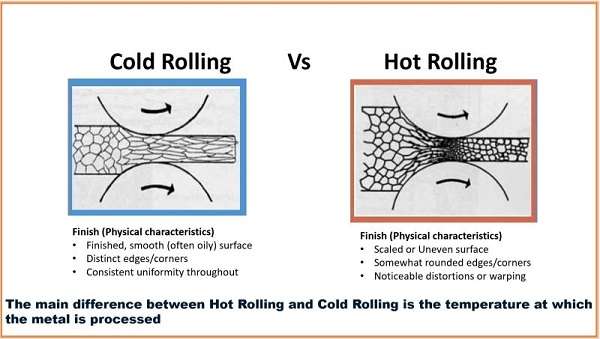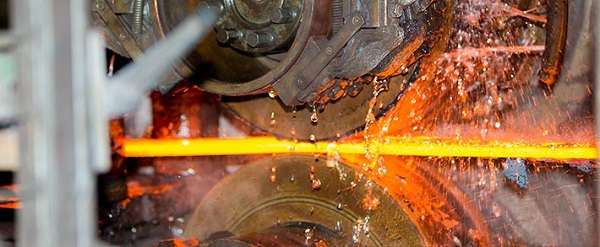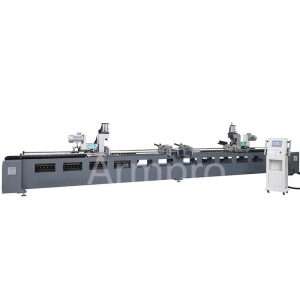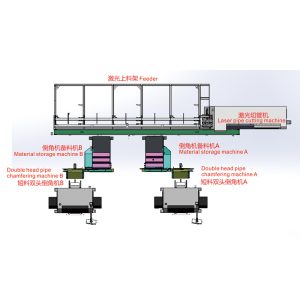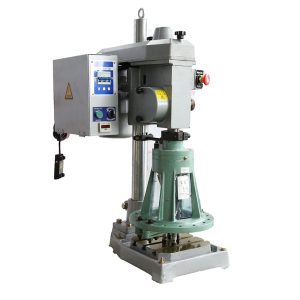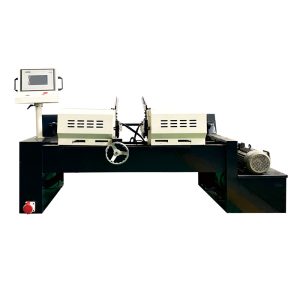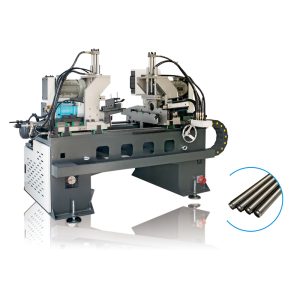Hot Rolled vs. Cold Rolled Steel: Understanding the Differences and Applications
Introduction
Steel is widely used throughout the world mostly due to the fact that it has high versatility, but various qualities of steel can exist between the types.
Some of the specific manufacturing techniques decide which properties of steel are offered concurrently with what kind of applications and projects find this material suitable for use.
These two types of steel products available in the market are broadly classified into hot-rolled steel and cold-rolled steel.
The manufacturing and physical distinctions that warrant their distinct use would be quite apparent only to a person with a professional background in their usage.
This blog will differentiate the two types as well as put some guidelines in terms of the projects that are appropriate for either hot rolled steel or cold rolled steel.
1. What is Hot Rolled Steel?
The high-temperature formation process of products at 1,700°F or higher results in the creation of hot-rolled steel.
After heat treatment, the steel becomes simpler to mold into shapes, which produces a final product with enhanced malleability and reduced brittleness.
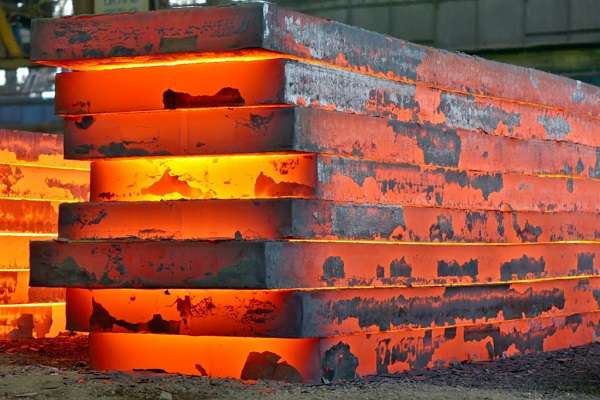
Hot-temperature rolling leaves hot-rolled steel with a naturally scaled surface that needs removal during finishing processing.
The advantages of hot-rolled steel are that, due to its strong and durable properties hot rolled steel proves most suitable for building applications. Hot-rolled steel proves to be less expensive than cold-rolled steel because of its basic manufacturing process.
The construction industry, together with the automotive and industrial sectors, uses a wide range of hot-rolled steel products, including bars, sheets, and beams.
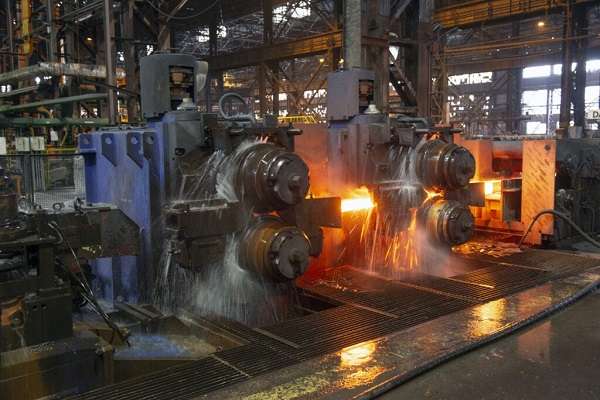
2. Hot Rolled Steel Application
A rolled steel sheet is an example of hot rolled steel, which is commonly used by industries that require large tanks and other large structures.
What is hot-rolled steel used for?
The application of the hot rolling process is common, and hot rolled steel is used for various purposes, which are enumerated below.
- It is often used in the construction of buildings, bridges, and railroads because it is strong and capable of handling a lot of weight.
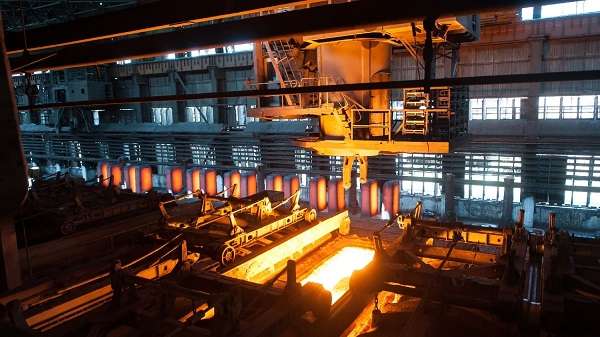
- In the manufacture of automobiles, hot-rolled steel is mainly employed in applications such as the construction of frames, chassis, and other structural parts.
- Besides, hot rolled steel is applied in the manufacture of sheds, tubular structures, develops and implements, as well as assignments and equipment in the Agricultural industry.
- It is cheap and can thus be used in many different application areas when the exactness of the piece and its outward appearance is not very important.
- The hot rolled steel sheet is notably appreciated for being ideal for welding, which makes it easy to fabricate large structures.
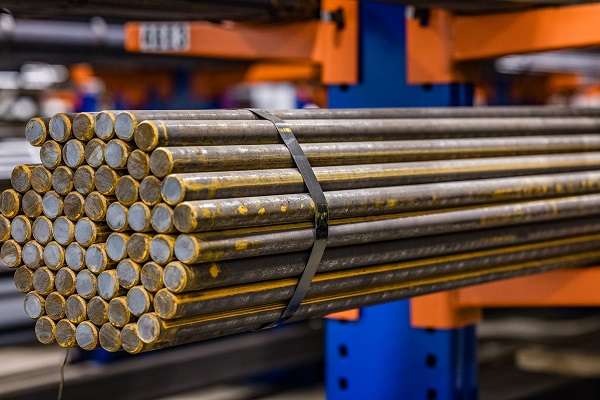
3. What is Cold Rolled Steel?
Cold rolled steel can be considered hot-rolled steel, whose processing is done at ordinary temperature to give it a smooth surface.
Some of the forms of shaping that are carried out in this stage include passing the steel through a series of rollers to give it a smoother surface finish that is highly tolerant and has better mechanical properties.
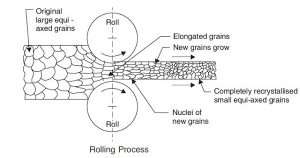
Cold rolled steel advantages include strength, improved surface, and better dimensions when compared to hot-rolled steel.
Cold rolled steel has been used in various industries due to its multiple properties, which make it suitable for use in the production of different goods. It is preferred in applications that require accuracy in performance, sleekness, and function of the product, like appliances, automobile parts, and furniture and fixtures.
Cold rolled steel is also preferable for the production of small parts with fine details, as it allows for the holding of finer pitches. It is costlier than hot rolled steel, but due to the quality of its surface finish and hardness, it is widely used in producing high-end products.
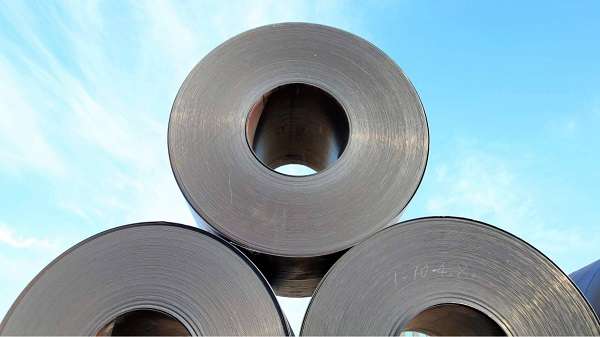
4. Cold Rolled Steel Application
Cold-rolled steel is used in areas where highly accurate mechanical properties and a smooth finish are necessary.

What is cold-rolled steel used for?
- For instance, it is used in manufacturing stainless steel BSP fittings; the shape and surface of such products must be precise so that they can be sealed and function as intended.
- A BSP thread chart is usually used to make work easier and determine the correct dimension when using these fittings.
- Moreover, cold rolled steel is applied in the production of electronic products, casings, furniture, and home electrical appliances. It is well suited for cosmetics products, for it can be easily painted or coated to achieve the desired appearance to be achieved.
- The stainless steel BSP fittings are a true example of how this material could effectively be used in such applications.
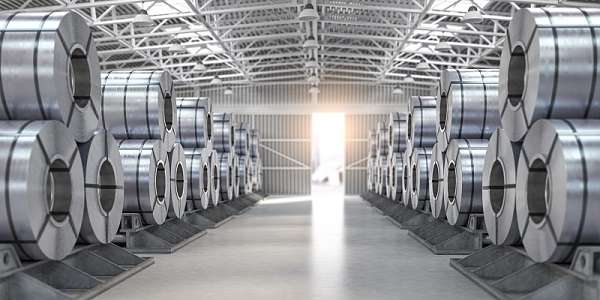
5. How to Choose Hot Rolled Steel or Cold Rolled Steel for Your Application?
There is usually a divide between hot rolling and cold rolling that requires someone to have adequate knowledge of both when selecting one to use during construction.
This is due to the difference in the methods of processing, thus meaning that on the surface and mechanical properties, cold-rolled and hot-rolled steel are different.
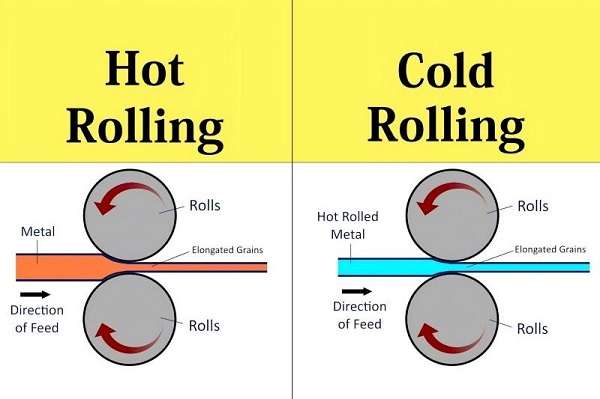
Difference between cold rolled and hot rolled steel
- Hot rolled steel is preferably used in structural applications, whereby strength is a key factor together with the cost price as compared to the smoothness of the surface.
- Cold-rolled steel, on the other hand, is appropriate in projects that need accuracy, a smooth surface, and increased hardness.
- They are budget, required precision or tolerance, and how the steel is going to be used, among others. For example, if you are going to perform a big construction work, using hot rolled steel will be more suitable for your work.
- However, if you are working on manufacturing precision components, then cold rolled steel can be used.
Conclusion
Thus, hot rolled steel and cold rolled steel have their equivalents in terms of advantage and usage. When comparing cold-rolled steel with hot-rolled steel, it is essential to understand which of them is suitable for a specific project that one will undertake.
So, whether one wants the state of the hot rolled steel, such as the surface features of the steel or its cheaper price as compared with the cold rolled steel, or the accuracy of the cold rolled steel meant for use in a particular purpose, they have to choose one.
The main criteria in hot rolled vs cold rolled steel debate may include cost and allowable tolerance, and by using them in your applications, you will be in a position to differentiate hot rolled steel from cold rolled steel.
Don't forget to share this post!
Related Products
CONTACT US
Tell us your raw material and working details to get quotations within 24 hours.
WhatsApp Us: +86 159 27 555863

Want the best price & newest metal working machinery buying guide,tips and trends sent straightly to your box?Sign up for Armpro's monthly newsletter,we're free for your consultation and Offer you the most suitable working solutions!
The Buyer's Guide
- Tapping Machine: The Ultimate Buying Guide in 2024
- Electric Tapping Machines:the Ultimate Buying Guide in 2024
- Drilling Machine: The Ultimate Buying Guide in 2024
- Drilling milling Machine:The Ultimate Buying Guide in 2024
- CNC Tapping Machine :The Complete Buying Guide in 2024
- Pipe chafering Machine:The Complete Importing Guide in 2024
- Radial drilling Machine:The Complete Buying Guide in 2024
- Thread rolling Machine:The Complete Buying Guide In 2024
- Pillar Drilling Machine:The Ultimate Buying Guide in 2024
Most Popular
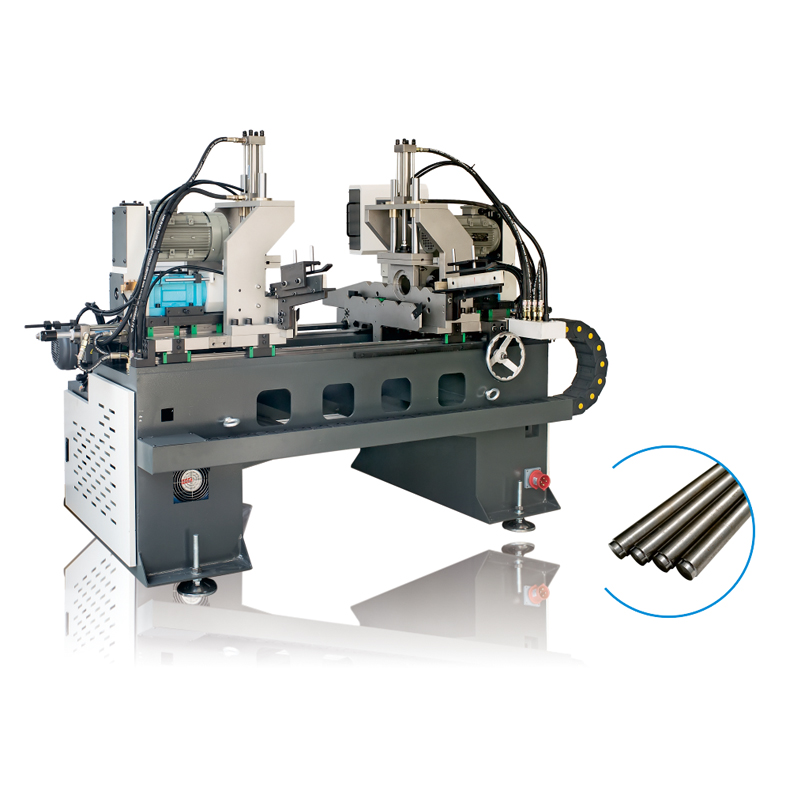
Tell us your material or budget,we'll reply you ASAP within 24 hours
